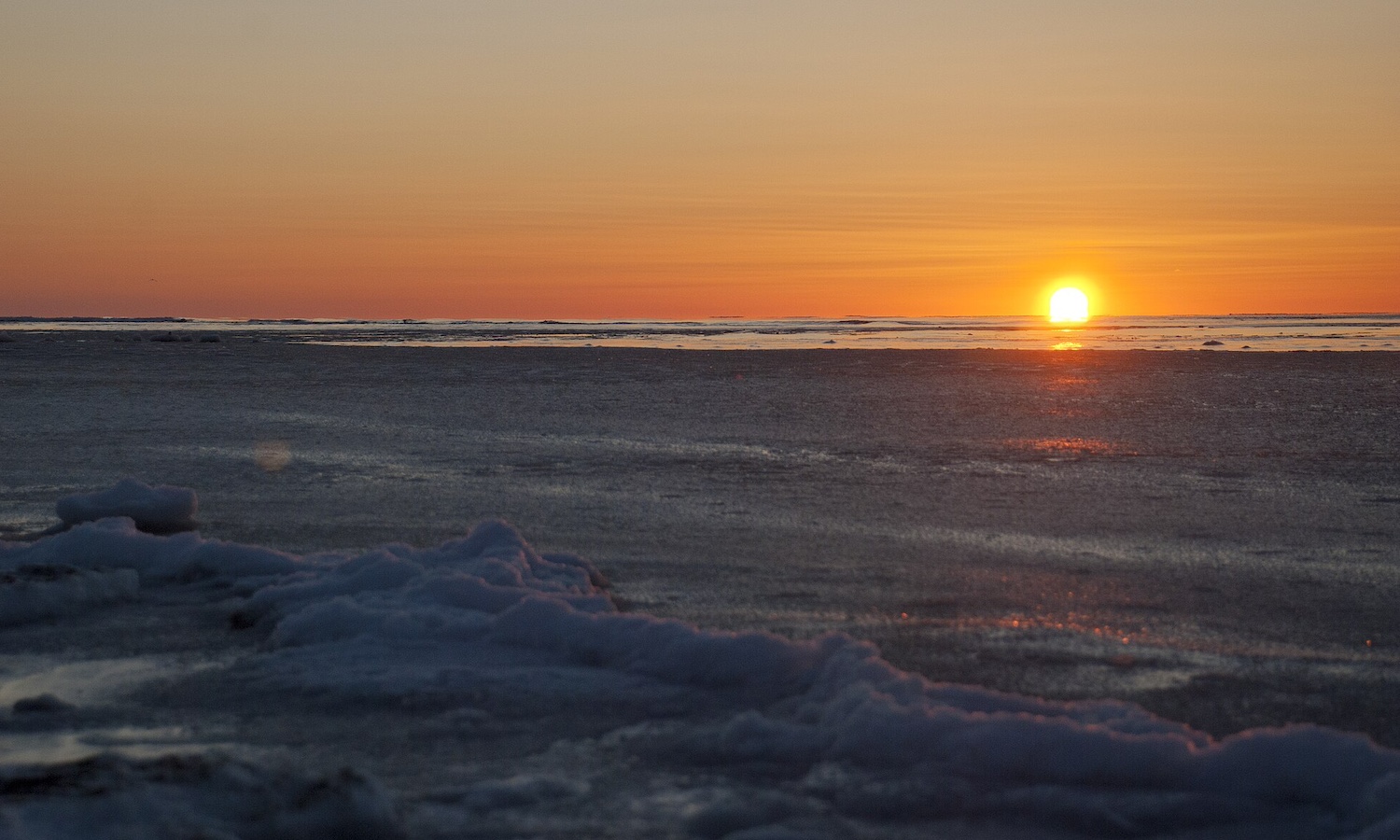Have you ever heard of wild Alaska pollock? Didn’t think so. In fact, I didn’t give it much thought during my 18-year career in fisheries and ocean conservation, either.
But after listening to Food Tank’s interview with Mark Zimring about the challenges and opportunities in international fisheries, it made me realize how good we have it here in Alaska.
Unlike vast swaths of Pacific and Indian Ocean where global treaties are lacking, enforcement is sparse, science is always playing catch-up and ‘dark fleets’ perpetrate illegal fishing and human rights abuses, the Bering Sea is a global model for how fish, fishermen and communities can all thrive.
In Alaska, the pollock fishery is 100 percent federally managed, with oversight by National Oceanic and Atmospheric Association, the U.S. Environmental Protection Agency, the U.S. Coast Guard, Occupational Safety and Health Administration, and the Maritime Administration. We are fortunate to have rigorous and climate adaptive science. Onboard observers document everything we catch, and a suite of measures help us avoid non-target species. Our fish stocks are healthy, stable, third-party eco-certified and fully traceable from ocean to plate.
Sounds too good to be true, right? Who’s going to click on this nothing-burger of a story?
Okay, then, let’s discuss the elephant in the proverbial room—size. Yes, our vessels are big—some are almost 350 feet in length. They feature a full processing plant while housing and feeding up to 130 people each. They fish for two weeks at a time and store 1,500 metric tons of frozen and dry products onboard. They even have high speed internet and streaming:
You might assume that makes us and sustainability mutually exclusive.
In fact, it’s exactly the opposite. It allows us to catch the greatest number of fish in the most efficient manner possible. We make fewer trips in and out of port, meaning less fuel per ton of finished product. Since we process everything onboard immediately after catch, we maximize product quality while avoiding the need for extra processing or shipping.
Our carbon footprint is the lowest on Earth for any mainstream animal protein. It’s even lower than many plant-based proteins, too. That’s because we use no arable land, no freshwater (we make our own on the vessels), no pesticides or fertilizer, and no food to harvest these fish from the wild. Importantly, we use every part of what we catch so nothing goes to waste.
To put our carbon cred in perspective, the pollock we catch currently averages 1.4 kg CO2-e for every kg of finished product. Compare that to tofu (2.7), chicken (5.9), pork (7.0) or beef (59.4). Just something to consider the next time you’re thinking about chicken nuggets or cheeseburgers.
What about environmental justice and social responsibility you say? We’ve got that covered, too! Our industry partners with Alaska Native organizations (called Community Development Quota groups) to deliver economic benefits from the Bering Sea pollock fishery directly to remote Western Alaska communities.
When it comes to labor—perhaps the most pressing issue in global fisheries at the moment—we know that our boats can’t operate without quality crew. That’s why we spend so much time, money, and effort to recruit, train, treat and retain the best talent possible. That means transparent and generous pay and benefits, an unwavering commitment to safety training and career advancement opportunities, and the best medical care possible before, during, and after the fishing season. Not something you’re likely to find in China or Russia.
In our company alone, we employ more than 1000 at-sea crew from around 40 countries—many of them from global conflict zones. Our industry is proud to be certified under the Fairness, Integrity, Safety, and Health (F.I.S.H.) standard for crew, while supporting local jobs in Seattle and Alaska.
Finally, I thought I’d end with a few suggestions that (hopefully) distill everything above into simple, meaningful actions that help support responsible fisheries:
Buy certified and sustainable. Lots of fisheries around the world are doing great things. The best way to make sure they keep doing that is to choose wisely and reward these businesses with your purchases.
Ask for American. The United States has some of the most stringent laws and regulations for fishing and fish farming on Earth, yet around 90 percent of the seafood we eat is imported. ‘Wild Alaska pollock’ isn’t an arbitrary name tag, it’s a critical identifier that verifies our adherence to the most rigorous standards.
Sustainable seafood is cool. Food Tank readers know that food production is a top contributor to climate change, with livestock production accounting for around 15 percent of global greenhouse gas emissions. For every meal of land animal protein that you substitute with fish, you are significantly reducing your personal carbon footprint.
Articles like the one you just read are made possible through the generosity of Food Tank members. Can we please count on you to be part of our growing movement? Become a member today by clicking here.
Photo courtesy of Bering Land Bridge National Preserve, Wikimedia Commons















